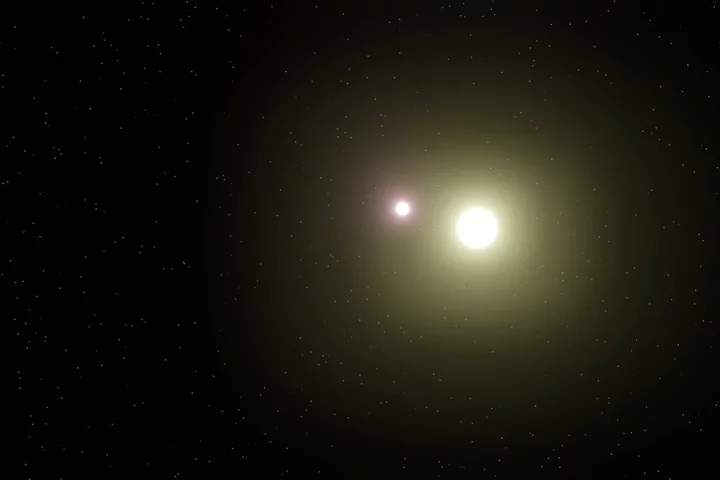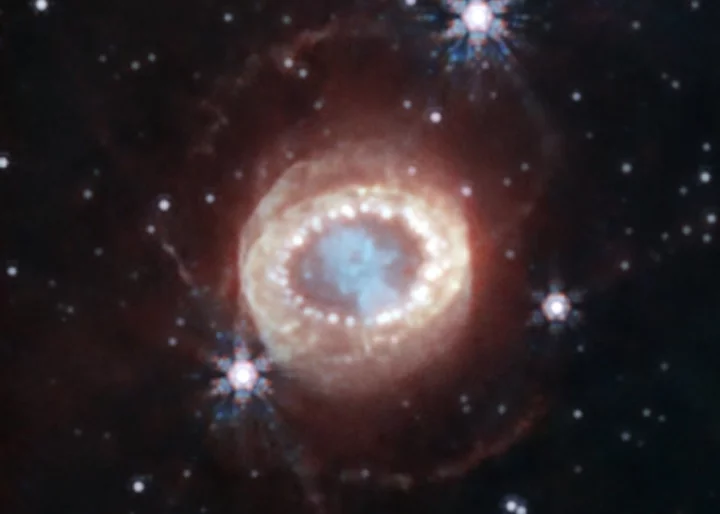A scientist claims to have discovered a “gravitational anomaly” that calls into question our fundamental understanding of the universe.
Astronomer Kyu-Hyun Chae from the university of Sejong University in South Korea made the discovery while studying binary star systems, which refer to two stars that orbit each other.
His observations appear to go against the standard gravitational models established by Isaac Newton and Albert Einstein, and instead offer evidence that an alternative theory first proposed in the 1980s may explain the anomaly.
Analysis of data collected by the European Space Agency’s Gaia space telescope revealed accelerations of stars in binaries that did not fit the standard gravitational models.
At accelerations of lower than 0.1 nanometres per second squared, the orbit of the two stars deviated from Newton’s universal law of gravitation and Einstein’s general relativity.
Instead, Professor Chae theorised that a model known as Modified Newtonian Dynamics (MOND) could explain why these previous theoretical frameworks were unable to explain the stars’ movements.
“The deviation represents a direct evidence for the breakdown of standard gravity at weak acceleration,” Professor Chae wrote in a paper, titled ‘Breakdown of the Newton-Einstein standard gravity at low acceleration in internal dynamics of wide binary stars’, that was published in The Astrophysics Journal..
His research calls into question the existence of dark matter and other peculiar space phenomena that are typically used to justify irregularities with Newton-Einstein standards.
“The data reveal an unambiguous and extremely strong signature of the breakdown of the standard Newton-Einstein gravity at weak acceleration,” the study concluded.
“What is even more surprising is that the trend and magnitude of the gravitational anomaly agree with what the AQUAL [MOND] theory predicts.”
Professor Chae predicts that his results will be confirmed and refined with larger data sets in the future, which could lead to a new revolution in physics.
“Chae’s finding is a result of a very involved analysis of cutting-edge data, which, as far as I can judge, he has performed very meticulously and carefully,” said theoretical physicist Mordehai Milgrom at the Weizmann Institute in Israel, who first proposed the MOND model 40 years ago.
“But for such a far-reaching finding – and it is indeed very far-reaching – we require confirmation by independent analyses, preferably with better future data.
“If this anomaly is confirmed as a breakdown of Newtonian dynamics, and especially if it indeed agrees with the most straightforward predictions of MOND, it will have enormous implications for astrophysics, cosmology, and for fundamental physics at large.”
Pavel Kroupa, professor at Charles University in Prague, added: “The implications for all of astrophysics are immense.”
Read MorePerseids 2023: Meteor beacon offers unique way to observe spectacular shower over UK
Slack announces its biggest ever update
Why you might never have to remember your password again
AI can predict Parkinson’s subtype with up to 95% accuracy, study suggests









